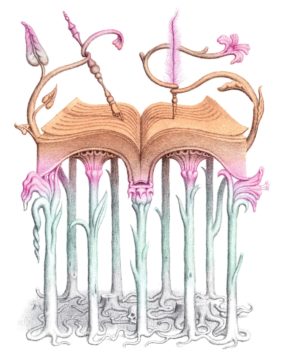Adam Gopnik in The New Yorker:
 The Moshiach came to Madison Avenue this summer. All over a not particularly Jewish neighborhood, posters of the bearded, Rembrandtesque Rebbe Schneerson appeared, mucilaged to every light post and bearing the caption “Long Live the Lubavitcher Rebbe King Messiah forever!” This was, or ought to have been, trebly astonishing. First, the rebbe being urged to a longer life died in 1994, and the new insistence that he was nonetheless the Moshiach skirted, as his followers tend to do, the question of whether he might remain somehow alive. Second, the very concept of a messiah recapitulates a specific national hope of a small and oft-defeated nation several thousand years ago, and spoke originally to the local Judaean dream of a warrior who would lead his people to victory over the Persians, the Greeks, and, latterly, the Roman colonizers. And, third, the disputes surrounding the rebbe from Crown Heights are strikingly similar to those which surrounded the rebbe Yeshua, or Jesus, when his followers first pressed his claim: was this messianic pretension a horrific blasphemy or a final fulfillment? Yet there it was, another Jewish messiah, on a poster, in 2023.
The Moshiach came to Madison Avenue this summer. All over a not particularly Jewish neighborhood, posters of the bearded, Rembrandtesque Rebbe Schneerson appeared, mucilaged to every light post and bearing the caption “Long Live the Lubavitcher Rebbe King Messiah forever!” This was, or ought to have been, trebly astonishing. First, the rebbe being urged to a longer life died in 1994, and the new insistence that he was nonetheless the Moshiach skirted, as his followers tend to do, the question of whether he might remain somehow alive. Second, the very concept of a messiah recapitulates a specific national hope of a small and oft-defeated nation several thousand years ago, and spoke originally to the local Judaean dream of a warrior who would lead his people to victory over the Persians, the Greeks, and, latterly, the Roman colonizers. And, third, the disputes surrounding the rebbe from Crown Heights are strikingly similar to those which surrounded the rebbe Yeshua, or Jesus, when his followers first pressed his claim: was this messianic pretension a horrific blasphemy or a final fulfillment? Yet there it was, another Jewish messiah, on a poster, in 2023.
The messianism on our street corners is a reminder of Judaism’s peculiarly long-lived legacy. Who can now tell Jupiter Dolichenus from Jupiter Optimus Maximus, two cult divinities once venerated at magnificent temples in Rome?
More here.
